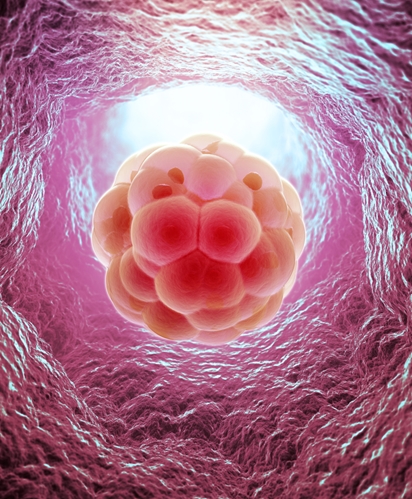Why philanthropic donations are being spent on stem cell research
As MedicineNet reported, there are dozens of different stem cell types available for study and clinical application. As the research grows and the industry ripens, new capabilities and medical applications will continue to become available.
According to the International Society for Stem Cell Research, there is still plenty of research to be done on the capabilities and potential limitations associated with stem cell therapies, and for that reason, medical professionals must tread lightly when incorporating new treatment options into care plans. Having said that, the field of stem cell research continues to unlock new secrets about the human body and uncover new capacities for clinical purposes.
Growing interest
At the Children's Medical Center Research Institute at UT Southwestern in Dallas, scientists and medical professionals are looking to stem cells to fight dangerous diseases, the Dallas Morning News reported. The benefits may be so promising that area donors have contributed $32.5 million to aid the research. Dr. Sean Morrison, the institute's director, said of the region's generosity:
"One of the challenges [of research] is to have sustained resources that make it possible for scientists to take risks to solve difficult problems. The philanthropic support of the Dallas community is what makes it possible for us to do that."
The money will be used to recruit high-level talent for new research projects aimed at using stem cells to develop treatments for childhood diseases. The hope is to combat conditions like cancer, while also unlocking secrets involving metabolism and growth.
Surprising findings
The International Society for Stem Cell Research stated that safety is a massive concern related to the use of stem cells, largely because there is so much that is unknown about how they interact with a developed biological being. In that line of thinking, the Children's Medical Center Research Institute in Dallas had already used some of its funding to conduct research, and has reported shocking results.
In a study conducted last year and published in the journal Nature, the institute uncovered new findings related to cancer cells, undermining conventional wisdom related to nutrition. In the research, mice were given anti-oxidants, a type of vitamin that is largely associated with major health benefits. Unfortunately, the team's research found that mice that had been given the anti-oxidants saw more rapid cancer growth than a control group that had not.
A recent study carried out by the Children's Medical Center Research Institute at UT Southwestern indicates that… https://t.co/kzMVha793T
— Dawn Waldron (@dawnwaldron) November 25, 2015
The authors of the study proposed that findings may indicate a need for new treatment plans for individuals who have early incidences of cancer. Moreover, the results of the study again underline how little is presently known about the way cells grow and adapt over time and the effect biological or environmental influences may have on diseases and human health overall.
Moving forward
The anti-oxidant research conducted by the Children's Medical Center Research Institute also highlights the importance of continued research on human biology, specifically in the field of stem cells. The International Society for Stem Cell Research found that different types of stem cells will need specific therapies to maximize the potential for clinical application.
For example, bone marrow transplants are largely successful because implanted cells will make more blood, aiding recovery and growth. In other instances, the ISSCR reported that newly introduced or modified cells may not be as cooperative and may actually cause harm to a patient. In neurological therapies, stem cells must develop into different types of neurons with nuanced chemical-communication capacities. More research is needed to understand how to engineer or nurture these cells in a way that they can be successfully transplanted and perform correctly.
Donations and investments like the kind the Children's Medical Center Research Institute has received may be crucial for funding important research moving forward. In this way, studying stem cells can become more financially sustainable and medical professionals and scientists can focus on improving clinical outcomes.



